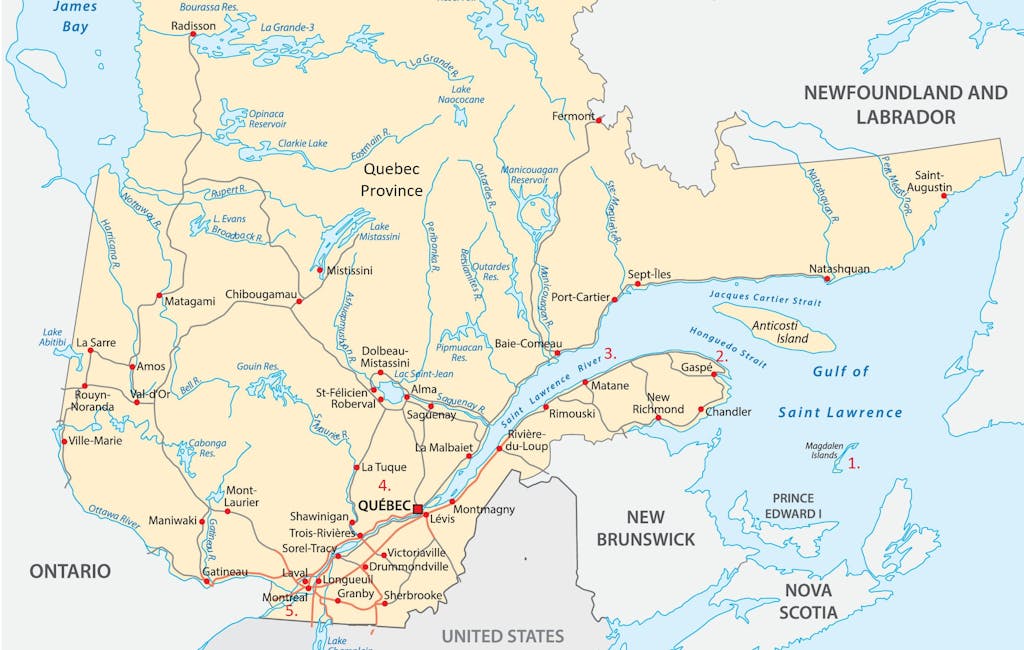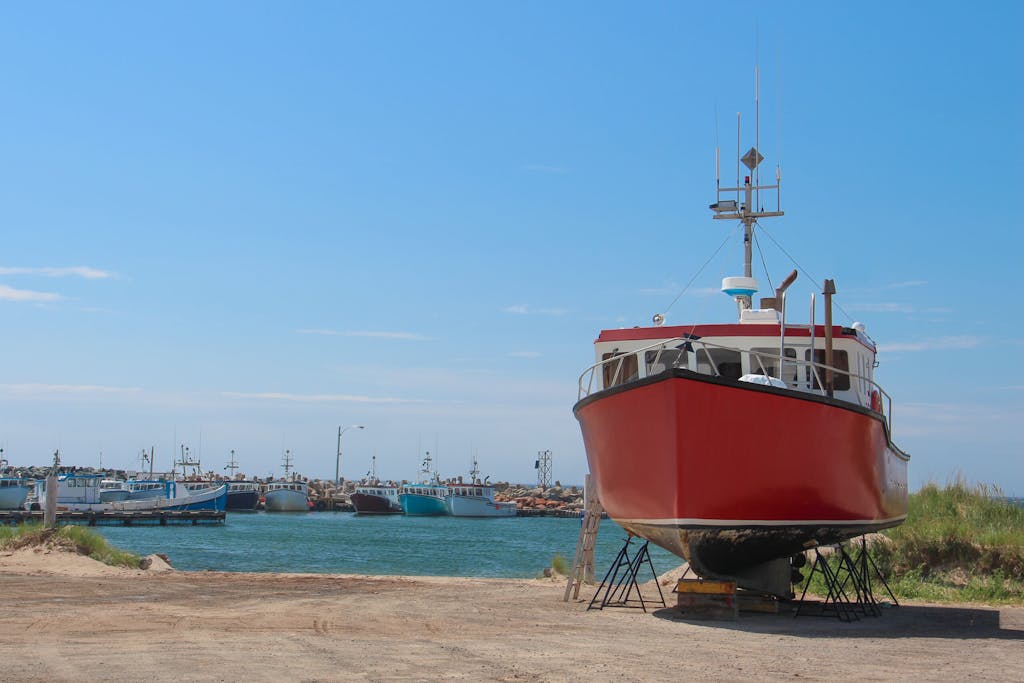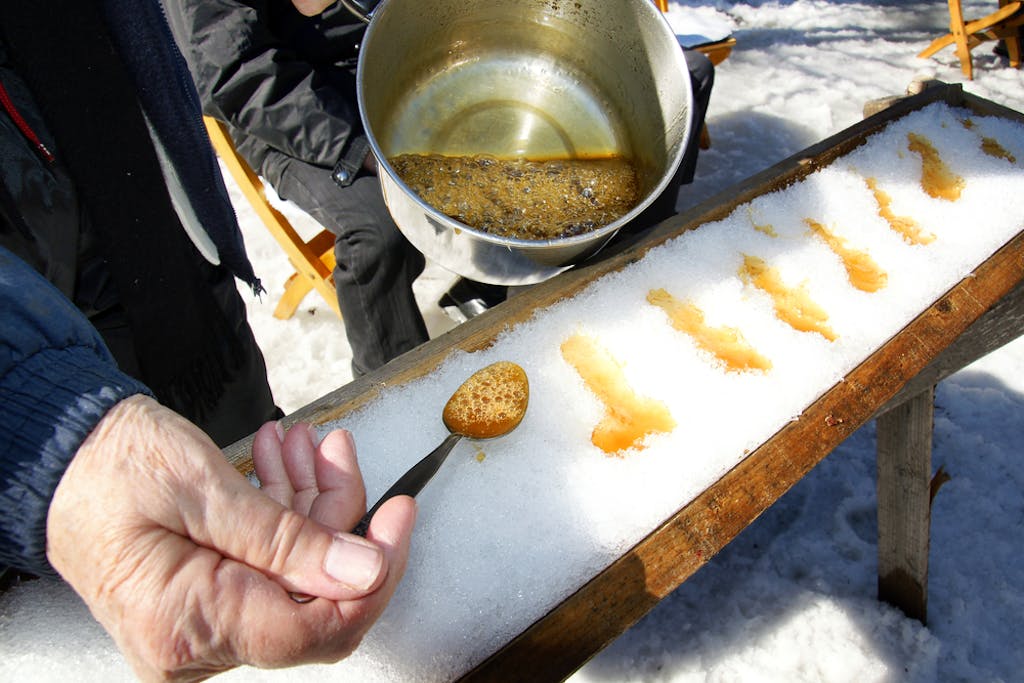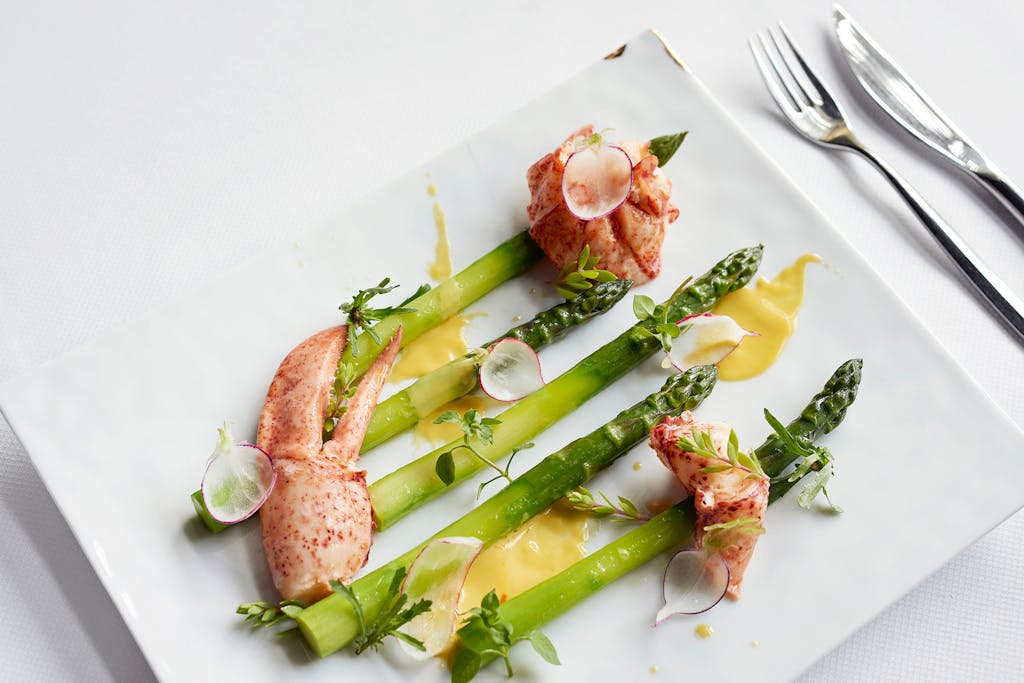There’s More to Quebec Cuisine than Canadian Poutine
One of the best and easiest ways to get a handle on culture is through its food. In the case of Québec ports of call during a St. Lawrence River cruise, you’ll certainly be tempted to try fast-and-filling Canadian poutine, but you’ll also find your fork peeling back layers of history and tradition as you experience the sweet and savory ragoût de patte de cochon (stewed pig’s feet) or maple-doused pouding chômeur (a Depression-era dessert. known as poor man’s pudding).
Indigenous foodstuffs and cooking methods have influenced the emerging cuisine, which early French settlers also shaped with many of their dishes. Simple, hearty meals produced from locally grown ingredients and fresh fish and game helped residents survive harsh winters, and today local products remain the basis of Québécois cuisine.
And then there is poutine. Nobody quite agrees on who produced the first dish made up of french fries, cheese curds and gravy, but two things on which seemingly everyone agrees: It originated in Quebec in the 1950s, and it lives up to the translation of the word as “mess.” Some consider it low-brow, but upscale iterations have appeared, including a lobster version.
Add this to an increasingly diverse food scene: A beer route runs through Québec, and numerous microbreweries offer thirsty wanderers more than 100 types of brews.
Our recommendations will take you to one-of-a-kind restaurants, shops and microbreweries that speak to the traditions, culture and the creativity of chefs and brew masters. We promise you’ll come away with a taste for authentic Québec.
1. Unpretentious seafood in Îles de la Madeleine

The Acadian French landed at Îles de la Madeleine, a tiny chain of islands also known as the Magdalen Islands, in 1775. Today their francophone joie de vivre is alive, well and captivating. Fishing, the number-one industry, has always been a way of life here, which means, no surprise, that seafood dominates the local cuisine.
What does surprise first-time visitors is the great food scene found at small, unpretentious restaurants across the islands.

At Gourmande de Nature, on L’Étang-du-Nord, a bistro and cookware shop owned by Chef Johanne Vigneau, she features regional gourmet products. She also run a cooking school, including a popular workshops on how to cook from the sea, where ingredients seaweed, plants and shellfish may be part of the mix.
On Cap aux Meules Island, Ā L’Abri de la Tempête (Shelter from the Storm) uses only native ingredients. The seaside microbrewery’s beer is made with seaweed, herbs, wildflower and a smoked malt made from locally grown barley. The label on the bottles and cans translates “beer of the islands” and tastes unlike any beer you’ve had.
2. Spices from the sea in Gaspé

If you’re docked in Gaspé, in eastern Quebec province, and are searching for an edible souvenir, look for products from Salaweg, a native-owned shop that processes kelp farmed in the Gaspé Peninsula and makes it into condiments and spices. The company reinvests its profits to support the Mi’gmaq Nations of Gespeg and Gesgapegiag along with the Maliseet of Viger First Nations (MMAFMA) to ensure that farming of marine resources in the Gaspé region and Lower St. Lawrence River continues sustainably.
Its sea relish is preserved with onion, maple syrup and apple cider vinegar and is the ideal Québécois condiment to add to burgers or to dash on a cheese platter. The tartar mix incorporates toasted sesame seeds and oil to use on seafood. Its meat spice is made with blanched and smoked kelp, which can enliven a chowder. And its seafood spice is made with a dried sugar kelp, a sweetener, along with lemongrass and fennel.
The products are sold at shops throughout Gaspé, including the Gaspé Interpretation Center, 738 Pointe-Navarre Blvd. Salaweg can also be found at the Fine Arts Museum in Québec City (Musée national des beaux-arts du Québec).
One of the high points of a brewery tour of the Gaspé Peninsula is L’Anse-à-Beaufils, a picturesque fishing village (Pierce Rock pictured at top). It’s close to Percé, home, since 2007, to the legendary Pit Caribou. The appeal of the microbrewery is hundreds of award-winning beers and the preservation of Gaspésian roots. As a pioneer, Pit Caribou is fulfilling its role as the older sibling to younger microbreweries.
Sweet treats in Quebec City

Sugar shacks (cabanes à sucre in French) are a significant part of Québécois heritage. At these small cabins in the woods, maple trees are tapped in late winter and early spring, and the sap is collected and boiled into maple syrup.
If you are visiting in sugaring season, you can enjoy the tradition at La Bûche (49 Rue Saint-Louis). Styled as the “new sugar shack of Old Québec,” La Bûche takes the concept of Québécois cuisine into modern times in a brunch that promises sweet crêpes and meat pies. On the standard menu you’ll find rabbit wings and venison tartar.
La Bûche also pays homage to the standard “sugar shack plate,” which includes a cornucopia of traditional dishes, such as pea soup, baked beans, and cretons (a minced pork spread), pickled beets, an omelet, meat soaked in maple syrup, along with a side of homemade ketchup. For dessert? Maple sugar pie, or tarte au sirop d’érable, which is beyond sweet. You’ll also find maple fudge and coffee spiked with maple syrup, And no trip to a sugar shack is complete without an all-you-can-eat maple taffy stand just outside the restaurant. Maple syrup, boiling in a pot, is poured onto snow and rolled to cool before it’s handed over.
You will find an eclectic choice of microbreweries in downtown, Quebec. If you have time for only one, visit Noctem, a 20-minute walk from the port to the trendy Saint-Roch district. Noctem makes a juicy, balanced IPA and offers as many as eight choices of beer in cask to enjoy with its original and authentic cuisine, all in a convivial atmosphere.
A dazzling food scene in Montreal

Although Montreal has deep roots in French cuisine, it has ventured farther from the French culinary traditions than other cities along the St. Lawrence. You can’t help be dazzled by Montreal’s food scene. Normand Laprise, the city’s iconic chef/owner of Toqué, has been passionate about local products and producers since coming to the city in 1993.
“Back then, all the food was imported and the best kitchens were run by chefs trained in France,” he says. “Today, the produce comes from here, the chefs come from here and the culture is coming from here. But we are still connected with classic dishes such as tourtière [a French-Canadian meat pie] or pea soup.” Laprise, a regular on any list of the top restaurants across Canada, continues to delight with his creativity at the exquisite Toqué, earning a reputation as the godfather of locally sourced foods.
The influences from so many cultures have crept in that now the cuisine eludes just one classification, Thom Seivewright, one of the city’s most knowledgeable tour guides, has said.
Anthony Bourdain visited Montreal several times before his death in 2018 and praised Au Pied de Cochon, owned by Chef Martin Picard, and referred to its menu as “pure goodness and excess.”

And in case you’re still wondering about Canadian poutine, Bourdain had a suggestion: “You can’t leave Montreal without visiting La Banquise,” he said, “which just happens to have some of the best poutine on Earth,” calling the Quebec delicacy a “thoroughly wonderful gastronomic train wreck.”
Have we whet your appetite for Quebec cuisine? Enjoy it all on a St. Lawrence River cruise.
